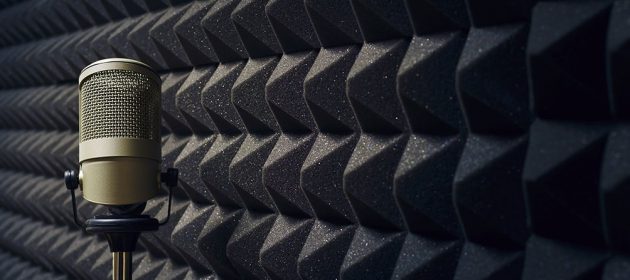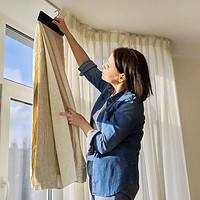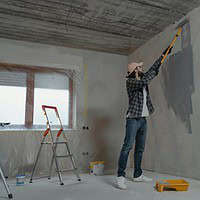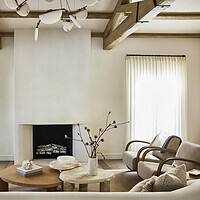If you’re interested in recording music or a podcast, or if you’re just interested in filtering out some of the noise from outside, you may consider soundproofing a room in your home. However, before you do, you should understand what soundproofing entails, and every step you need to take to make sure the room is soundproofed adequately.
Why Soundproof a Room?
Soundproofing is ideal for many situations and needs, including:
- Music recording. One of the most popular options is soundproofing a room for the sake of recording music. Blocking out external noise is a must if you want your recordings to be clean.
- Podcast recording. Podcasts are one of the most popular content mediums of the modern era, partially because it’s easy for anyone to get started. However, if audio integrity is a priority, you’ll need soundproofing (or something similar) to achieve it.
- General quietness. There are many household activities that might benefit from a bit of soundproofing. For example, you may want to soundproof a home theater room or meditation room for a better overall audio experience.
Soundproofing vs. Acoustic Tuning
Before you decide to soundproof a room, you should understand what soundproofing is (and how it differs from acoustic tuning). Soundproofing exists as a way to reduce noise pollution from your exterior surroundings. For example, in a soundproofed room, you’ll hear noises like road traffic, kids playing, and humming appliances at a much lower volume (if you hear them at all).
Soundproofing a room isn’t a guarantee that your recording quality is going to be good, however. Regardless of whether the room is soundproofed or not, the noise inside the room can bounce around and reflect in many different directions, ultimately giving your music an unintended reverb effect. Acoustic tuning, the process of reshaping your studio, is often necessary to fine-tune the sound recording properties of the room.
Designing a New Room
If you’re building a new home or looking for a house to buy and remodel, you’ll have limitless options on how to soundproof a room. You can start by choosing where you want the room of your house to be; ideally, the soundproofed room will be in the basement, since it will be surrounded by the thickness of the ground. It should also be disconnected from other rooms of your house (i.e., it shouldn’t be next to a laundry room or kid’s playroom).
When constructing, you can build extra thick walls or layer new walls in the room to add to the soundproofing capacity. Adding more layers of insulation in the wall can also be helpful; basically, the more compact, insulating material you have between this room and everything outside it, the more soundproof it’s going to be.
Soundproofing an Existing Room
Many people won’t be in the position to design a room in a new home, or won’t have the budget to remodel a room in their existing home. Fortunately, there are many budget-friendly steps you can take to improve the soundproofing potential of an existing room, or flesh out a semi-soundproof room you designed for your home.
For example:
- Line your walls with bookshelves. First, consider lining your walls with (full) bookshelves. The thickness of bookshelves, combined with the insulating capacity of books, will deaden external sounds effectively.
- Provide cushioning to walls and windows. It’s helpful to provide thick cushioning to your walls and windows as well; depending on your budget, you might be able to invest in thick soundproofing material, or you can use thick blankets or old towels that you’re not using for another purpose.
- Seal the door the best you can. Doors are a major source of sound leakage, so find a way to seal them as best you can when you’re recording. Relying on weather stripping or more thick blankets can often work fine here.
- Take advantage of thick carpeting. Hard floors, like wood and concrete, transmit sound easily. Laying thick carpeting or thick rugs can help you counteract this.
- Construct sound absorbing panels. If you like to build things, you can try your hand at constructing sound absorbing panels. With a simple wooden frame, a sound absorbing material, and a layer of canvas, you can use these decorative segments for some extra sound absorbing potential.
Is It Really Necessary?
After reading this guide, you may wonder if it’s truly necessary to soundproof a room in your home. If you’re not concerned with audio recording or a room with silence, you may not need soundproofing at all. If you are audio recording, at least some amount of soundproofing is absolutely essential. Otherwise, all it’s going to take is a handful of noises from your surroundings to completely compromise the integrity of whatever it is you’re recording.















